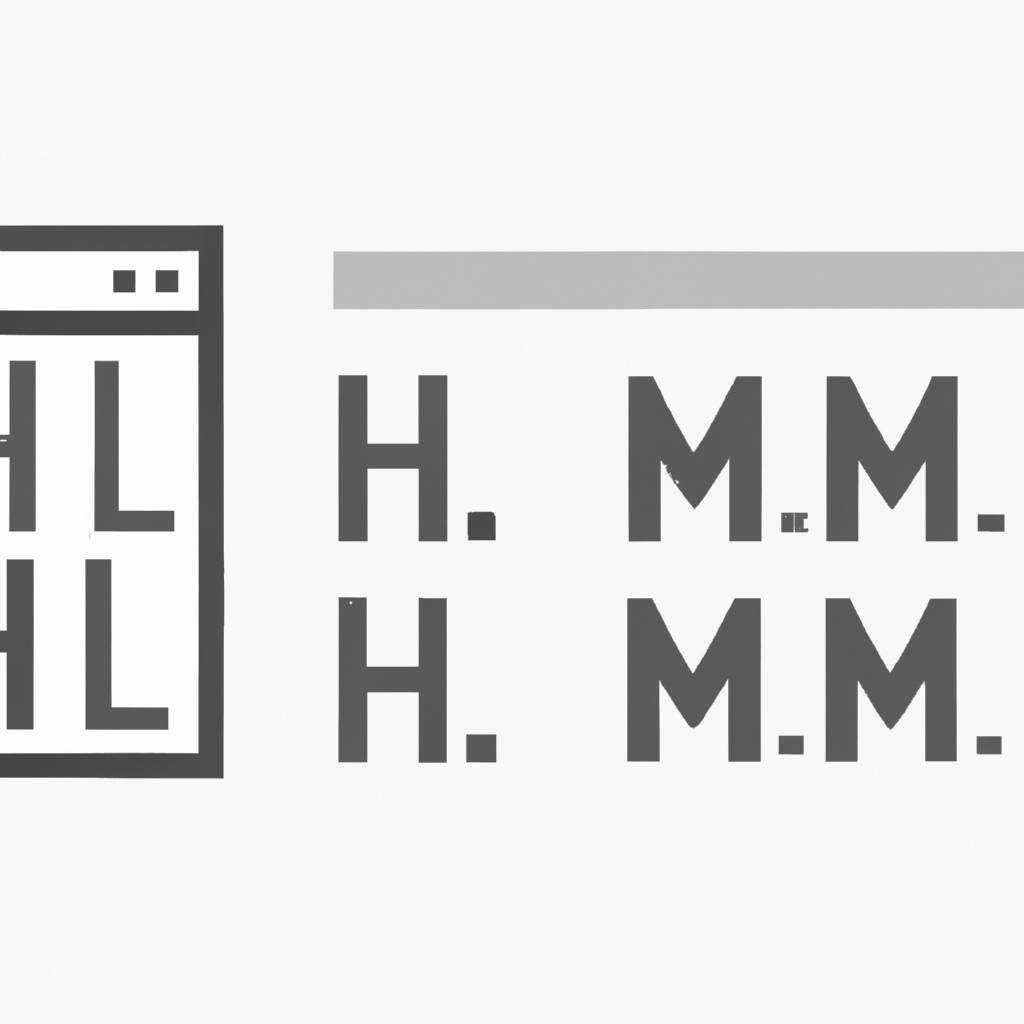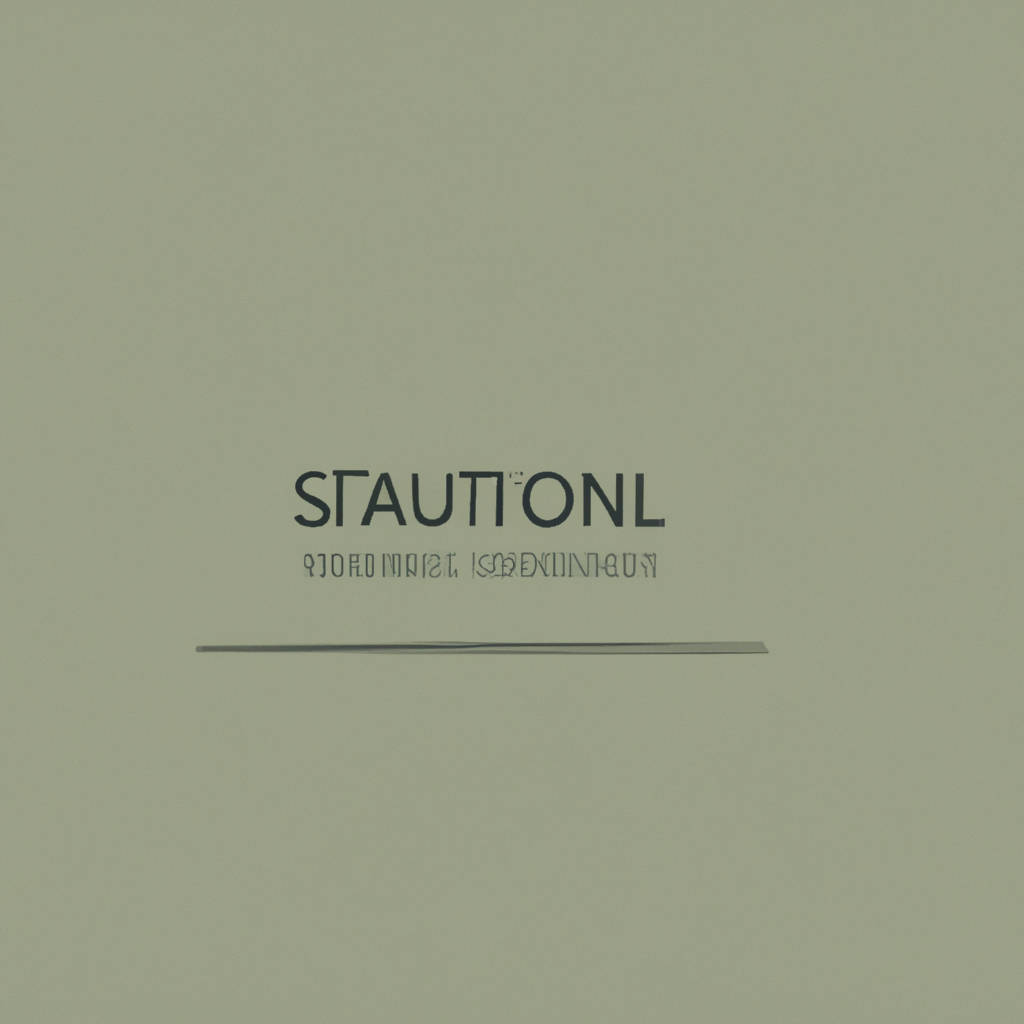The HTML horizontal line element, or
tag, is a simple and effective way to separate content on a webpage. It creates a horizontal line that spans the width of the page, helping to visually divide sections and make the content more organized and easier to read. The
tag is a self-closing tag, meaning it does not require a closing tag, and can be easily inserted into the HTML code wherever a horizontal line is needed. This element is commonly used in website design to break up text, images, and other elements, providing a clean and professional look to the layout. Additionally, the
tag can be customized with CSS styling to change the color, width, and style of the line to better match the overall design of the webpage. Overall, the HTML horizontal line element is a valuable tool for web designers and developers to enhance the visual appeal and structure of a webpage.

Introduction to
Element
The
element in HTML is used to create a horizontal line that separates content on a webpage. This element is commonly used to visually break up sections of a page or to create a clear division between different types of content. The
element is a self-closing tag, meaning it does not require a closing tag like other HTML elements. This makes it easy to insert into a webpage without needing to worry about additional formatting. By default, the
element creates a simple horizontal line that spans the width of its container. However, the appearance of the line can be customized using CSS to change the color, size, and style of the line. This allows web developers to create horizontal lines that match the overall design of their website. Additionally, the
element can be used in conjunction with other HTML elements, such as headings and paragraphs, to create visually appealing layouts. Overall, the
element is a useful tool for web developers to add visual interest and structure to their webpages.
Syntax of
Element
The
element in HTML is used to create a thematic break or horizontal rule on a webpage. It is a self-closing tag that does not require a closing tag. The syntax for the
element is simple and straightforward. It consists of the opening tag
followed by any attributes that may be included within the tag, such as color, width, size, or alignment. The
element can also be used without any attributes, in which case it will display a default horizontal rule with a standard thickness and color. It is important to note that the
element is a standalone element and should not be used within a paragraph or other block-level element. Instead, it should be used on its own line to create a clear visual separation between content on a webpage. When used correctly, the
element can be a useful tool for improving the readability and organization of a webpage. It is important to follow best practices when using the
element to ensure that it is implemented correctly and enhances the overall design of the webpage.

Attributes of
Element
The
element in HTML is used to create a thematic break in the content of a webpage. It is a self-closing tag that creates a horizontal line across the page to separate sections of content. One attribute of the
element is the color attribute, which allows the developer to specify the color of the horizontal line. This can help to visually differentiate between different sections of content on the page. Another attribute of the
element is the size attribute, which allows the developer to specify the height of the horizontal line. This can help to create a more visually appealing layout on the webpage. Additionally, the align attribute can be used to specify whether the horizontal line should be aligned to the left, right, or center of the page. This can help to control the placement of the line on the page. Overall, the
element is a versatile tool that can be used to create visually appealing and well-organized webpages. By utilizing the various attributes of the
element, developers can create a more visually appealing and user-friendly browsing experience for their website visitors.
Usage of
Element
The
element is a useful tool in web design for creating a horizontal line to visually separate content on a webpage. It is commonly used to divide sections of content, such as paragraphs or lists, and can help to improve the overall organization and readability of a webpage. The
element is simple to use and can be customized with CSS to match the design of the website. By using the
element strategically, web designers can create a more visually appealing and user-friendly experience for visitors. Additionally, the
element can be used in conjunction with other HTML elements, such as headings and divs, to create a clean and structured layout. Overall, the
element is a valuable tool for web designers looking to enhance the visual hierarchy and organization of their websites.

Accessibility Considerations
When designing any space or product, it is crucial to take into account accessibility considerations. This means ensuring that individuals with disabilities are able to access and use the space or product in the same way as those without disabilities. This can include providing ramps for wheelchair users, braille signage for those with visual impairments, and hearing loops for individuals with hearing loss.
By making these considerations a priority, we are creating a more inclusive environment for all individuals, regardless of their abilities. Not only does this improve the overall experience for those with disabilities, but it also benefits society as a whole by promoting equality and diversity.
Additionally, considering accessibility from the outset can help to prevent costly retrofits or lawsuits down the road. It is important to remember that accessibility is not just a legal requirement, but a moral and ethical responsibility. By making our spaces and products more accessible, we are creating a more inclusive and welcoming world for everyone.
Conclusion
In conclusion, it is evident that there are various factors to consider when determining the appropriate course of action in any given situation. It is important to take into account the potential consequences of our decisions and how they may impact others around us. While some actions may seem justified in the moment, it is crucial to consider the long-term effects and implications of our choices.
Additionally, it is important to remember that everyone has their own values and beliefs, which may influence their perspective on what is considered acceptable behavior. Ultimately, finding a balance between personal values and societal norms can help guide us in making decisions that align with our moral compass. It is essential to approach each situation with empathy and understanding, recognizing that there may be different perspectives at play.
By taking a thoughtful and reflective approach to decision-making, we can navigate complex ethical dilemmas with integrity and respect for others. In the end, our actions have the power to shape the world around us, and it is up to us to ensure that we are making choices that align with our principles and contribute positively to the greater good.
